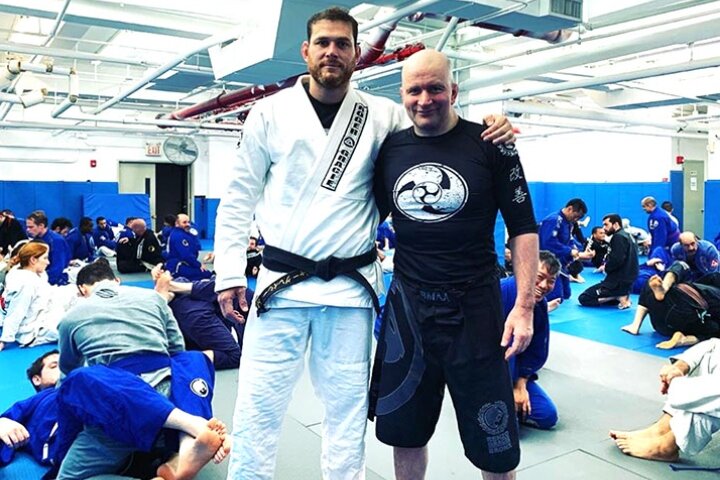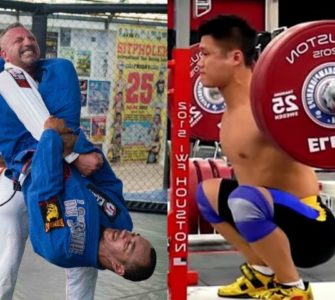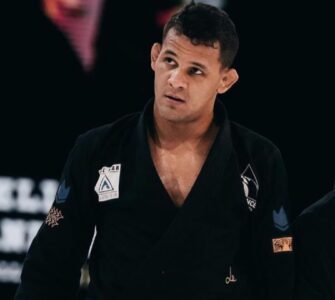For the last decade a debate has raged over the merits of training with and without the standard uniform or “gi” in jiu jitsu.
Two polarized camps have emerged. Traditionalists claim that gi training results in greater technical advances for students over no gi training, whilst the advocates of strictly no gi training claim this is merely dogma based upon bias stemming from tradition, culture and fallicies. The debate has numerous claims and counter claims mostly revolving around the fact that most of the eminent champions in the sport come from a background of gi training and whether this constitutes evidence for the superiority of gi training over no gi or not.
An interesting point that appears to have been largely overlooked in this debate is that the original people who introduced the gi, the Japanese, did so for reasons that have nothing to do with technical development. Kano appears to have adopted the gi for training as it was commonly used in the various jiu jitsu schools of his time. The understanding appears to have been that it did a good job of mimicking the standard clothes worn at that time in Japan – thus combat realism appears to have been the original motivation for adopting the gi, rather than technical development of students. Indeed, the early gi’s worn by the jiu jitsu masters of Kano’s time did not even have a standard pattern, but rather varied widely in design and cut. Only when the Kodokan instituted uniform standards did the common pattern emerge.
In a detailed discussion on Tristar Gym’s YouTube channel, John Danaher, delves into the nuances of training in Gi versus No-Gi and discusses his biggest influences in Jiu-Jitsu. The conversation sheds light on evolving practices in the sport and Danaher’s journey in shaping his unique approach to Jiu-Jitsu.
Key Points from John Danaher:
- Gi vs No-Gi Training: Danaher addresses the longstanding debate on whether training in the Gi enhances No-Gi skills. He expresses skepticism about this belief, noting, “The argument that somehow training in the Gi would magically make you more technically adept at No-Gi just makes zero sense to me.” He suggests that starting with No-Gi and learning fundamentals first could be more beneficial.
- Adaptation to No-Gi: He points out that training exclusively in the Gi can become a crutch, leaving practitioners at a loss when the Gi is removed. Danaher emphasizes the importance of versatility, “Start with No-Gi, learn the fundamentals and then do Gi.”
- Evolution in Jiu-Jitsu Training: Reflecting on the past, Danaher notes how Jiu-Jitsu has evolved, especially with the rise of lower body submissions and conditioning programs. He highlights the shift in training methodologies that has made the sport more comprehensive and dynamic.
- Danaher’s Influences in Jiu-Jitsu: Danaher cites Renzo Gracie as his primary instructor. He also acknowledges the influence of Rodrigo Gracie on his approach to butterfly guard and X-guard, and Ricardo Almeida for encouraging a more relaxed body disposition. Matt Serra’s emphasis on never accepting the bottom position and Dean Lister’s brief but impactful insights are also mentioned.
Danaher’s insights offer a deep dive into the strategic elements of Jiu-Jitsu training and his personal journey in the sport. His perspective on training methods and the evolution of Jiu-Jitsu reflects a progressive approach, continually adapting and integrating new techniques and concepts.


















